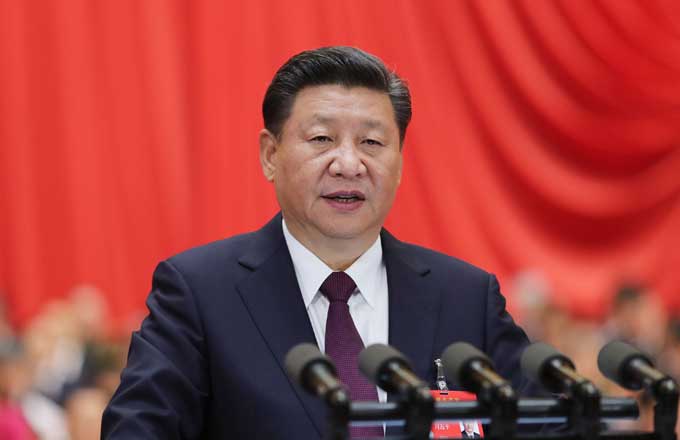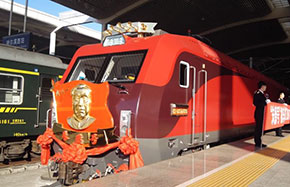Chinese shipbuilder reveals breakthrough technology
One of China's major shipbuilders said it has developed cutting-edge propulsion technology that will bring the nation closer to its goal of modernizing its shipping and naval fleets.
China Shipbuilding Industry Corp said its Wuhan Institute of Marine Electric Propulsion finalized its integrated electric propulsion technology in mid-July. It said the in-house development will help the nation wean itself off the longstanding dependence on imported parts in manufacturing ships.
Most surface vessels in China use mechanical transmissions and are propelled by a motor or an engine spinning a propeller. Many Western countries have adopted integrated electric propulsion, in which gas turbines or diesel generators produce electricity that powers electric motors.
"Chinese ships usually use steam engines, multiple-stroke diesel engines or gas turbine engines," said Wang Dan, deputy editor-in-chief of Modern Ships magazine. "Chinese navy ships that need to reach fast speeds would have ‘combined diesel or gas' propulsion systems."
The development of integrated electric propulsion may resolve engine problems that have long haunted the nation and its navy. One of the major issues has been a lack of domestic companies who can make gas turbine engines to support long distance voyages.
Without domestically developed gas turbine engines, the Chinese navy has been forced to import foreign engines for its ships, said a military expert who did not want to be named. And until an electric propulsion engine is more widely available in China, most ships must run on an engine fueled by diesel and gas.
"Compared with other drive methods, integrated electric propulsion has many advantages. It can save more space and is easier to control. It helps reduce a ship's weight and noise," Wang said. "It also enables ships to cruise at a faster speed and for a longer time."
The new technology is also easier to operate and maintain, he said.
"Now with the achievement made by our technicians, we are seeing an opportunity to narrow the gap with Western naval powers. The British navy's HMS Queen Elizabeth aircraft carrier and the United States navy's Zumwalt-class destroyers, which are all under construction, will use the new electric propulsion technology, which means we must accelerate our development (of the technology) if we don't want to fall behind in building advanced ships."
The HMS Queen Elizabeth, which is scheduled to commence sea trials in 2017, will be the first carrier in the world to adopt integrated electric propulsion.
Wang said it is important for China to improve its vessels' propulsion systems and invest more to develop reliable gas turbine engines for battleships before integrated electric propulsion can be put into wide use.
China in recent years has made a great deal of effort to modernize its naval and shipping fleet and to design new propulsion engines.
China Shipbuilding Industry Corp said in February that one of its research institutions received State approval and funding to formally begin research on core technologies for nuclear-powered ships.





















